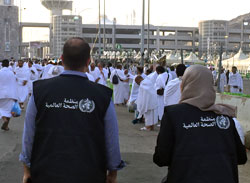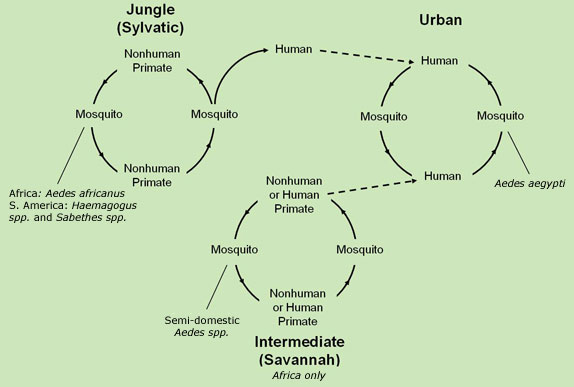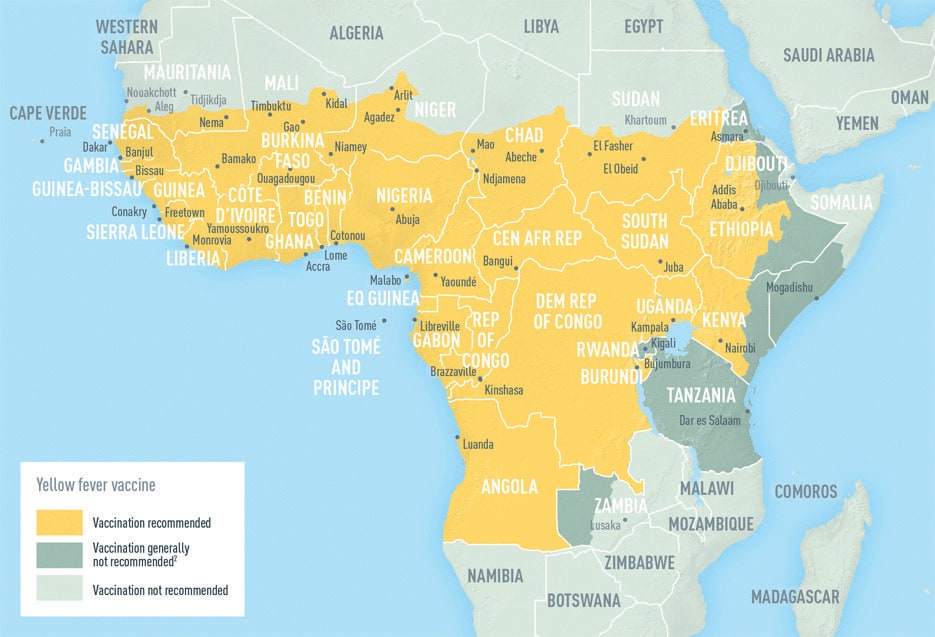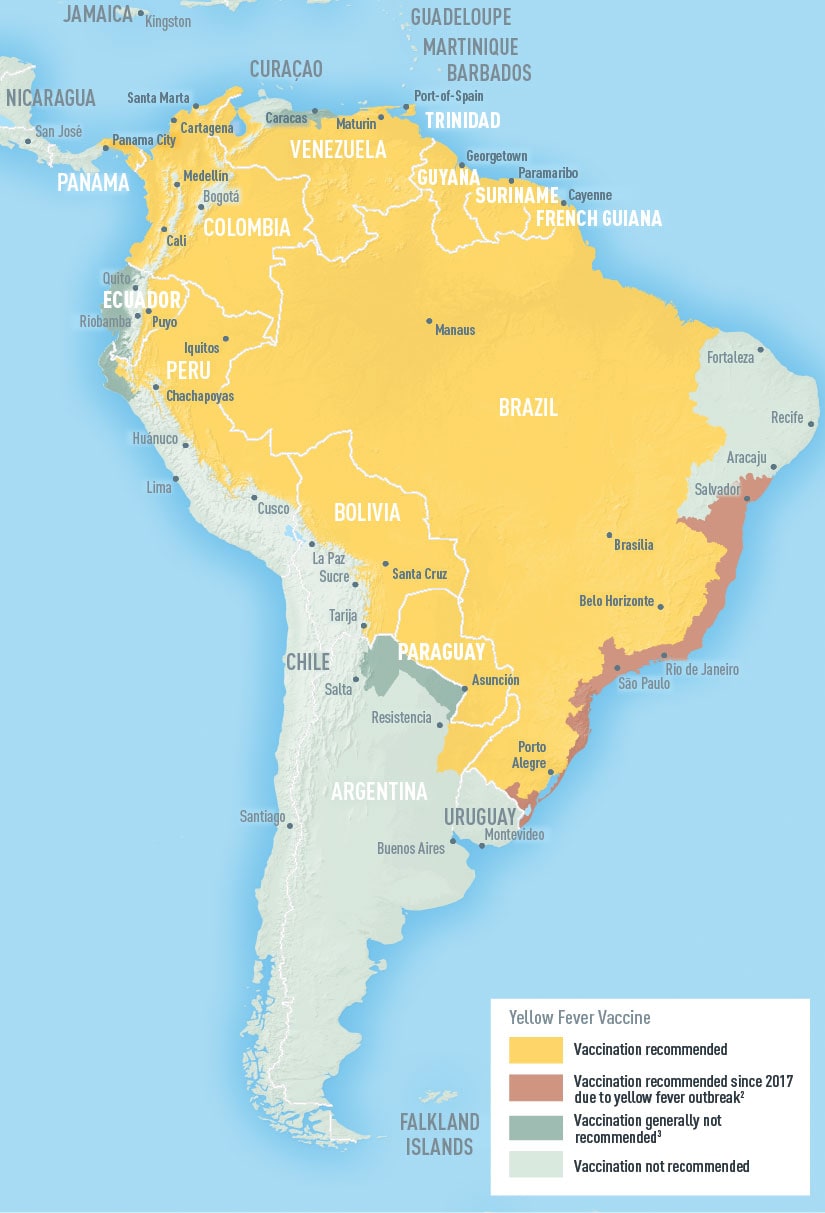At least 247 people have lost their lives and hundreds more are injured in the 6.0-magnitude earthquake that hit central Italy in the night between 23 and 24 August 2016, according to the Italian Civil Protection Department. Power cuts and serious damages to infrastructure, including health facilities, were also reported.
“I want to express WHO’s solidarity with the victims in this tragedy”, commented Dr Zsuzsanna Jakab, WHO Regional Director for Europe. “We are concerned that health facilities have been seriously damaged. It is important to ensure that hospitals are able to function continuously in such circumstances. WHO stands ready to help.”
Hundreds of aftershocks were registered after the initial earthquake, some reaching magnitudes of 4.0 to 5.3. At least one landslide was triggered. Many victims are still trapped under rubble, and death tolls are expected to rise.
The main effects are currently being reported from the towns of Amatrice and Accumoli in the Rieti area of the Lazio region. The regions of Marche (in particular the municipality of Arquata del Tronto) and Umbria have also been affected.
The immediate response
In the relief phase, the priority of the Civil Protection Department is to save lives through search-and-rescue operations and emergency medical assistance. Support to those who have lost their homes and assessment of the damages will follow soon after. Telephone lines for the public are activated and social media are being used to provide advice and ask for blood donation.
The Government of Italy has not requested international assistance at this time. WHO is following the situation closely and offering assistance to the Italian Ministry of Health.
Earthquake impacts
Earthquakes have both direct and indirect impacts.
- Direct impacts include high mortality, especially from trauma, but also from asphyxia, dust inhalation and hypothermia. Medical needs are high in the first weeks after an earthquake, and range from cuts, bruises and simple fractures to serious multiple fractures, internal injuries and crush syndrome requiring surgery and other intensive treatment.
- Indirect impacts involve damages to health facilities, which can lead to interruptions in basic health care services, and to lifelines such as water and sewer systems, energy lines, roads, telecommunications systems and airports.
Health services in earthquakes
Health services must be fully responsive in the first 48 hours after an earthquake, as up to 95% of people rescued alive from collapsed buildings are saved within this time.
The resilience of health facilities, and particularly hospitals, during and after earthquakes is a critical component of saving lives and reducing diseases in the affected population. Using a new tool, WHO is currently assessing hospital safety in several European countries and recommending strategies for keeping hospitals operational during earthquakes and other health emergencies.










